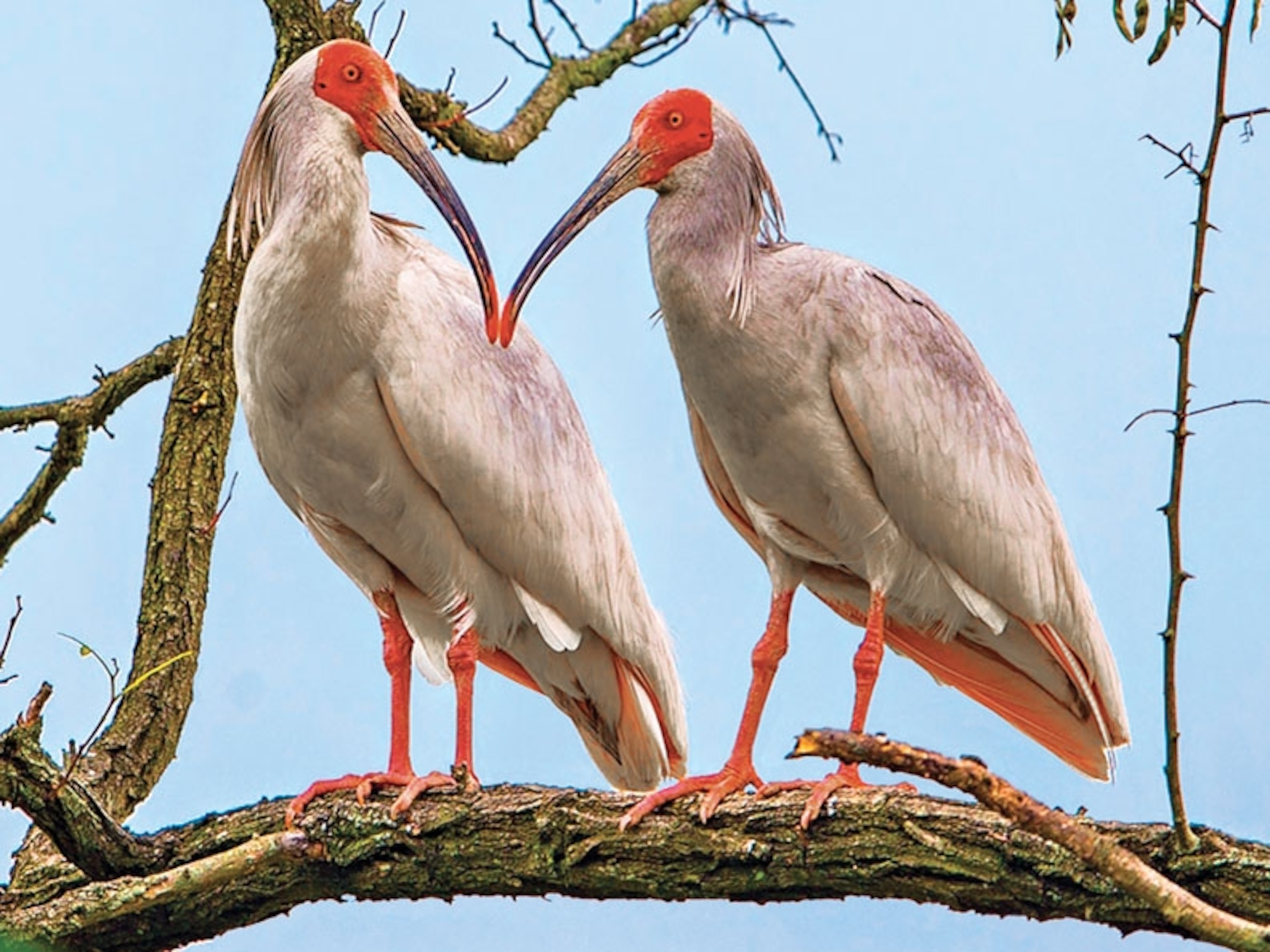
These Birds Decorate Their Nests With Trash—Here’s Why
Some species prove their dominance with decor.
The white plastic bags fluttering in the treetops of the Italian Alps intrigued Fabrizio Sergio. The Italian ecologist knew the trash hung from the nests of a certain bird, the black kite. But why?
Many species of birds decorate their nests to attract a mate—but kites already have partners when they build nests. Still, the ornamentation on kite nests suggests “that there’s something they want to show off,” says Sergio, who works for the Spanish National Research Council.
As he and other scientists study the makeup of birds’ nests, they’re looking for signs of human influence. Some birds have begun using insulation, foil, and cigarette butts, for example, instead of natural materials, says Luis Sandoval, an ornithology professor at the University of Costa Rica. These adaptations may increase their reproductive success—or indicate that natural building materials have disappeared from the habitat. “Humans are directly affecting birds’ nests in a way that we are still trying to understand,” Sandoval says.
As part of a six-year study, Sergio and his colleagues set out different-colored pieces of plastic in the wild. Black kites consistently selected white for their nests and ignored the transparent and dark options that didn’t contrast as dramatically with the colors in nature.
Sergio’s conclusion: that black kites were using style to show their social dominance. Nests with the most plastic belonged to the strongest birds, able to fend off attackers that coveted their decor. Plain nests belonged to younger and older birds, which would be too weak to defend their homes from such raids.
THE YEAR OF THE BIRD
In 1918 Congress passed the Migratory Bird Treaty Act to protect birds from wanton killing. To celebrate the centennial, National Geographic is partnering with the National Audubon Society, BirdLife International, and the Cornell Lab of Ornithology to declare 2018 the Year of the Bird. Sign the pledge to find out this month's action and share your actions using #BirdYourWorld to increase your impact.





